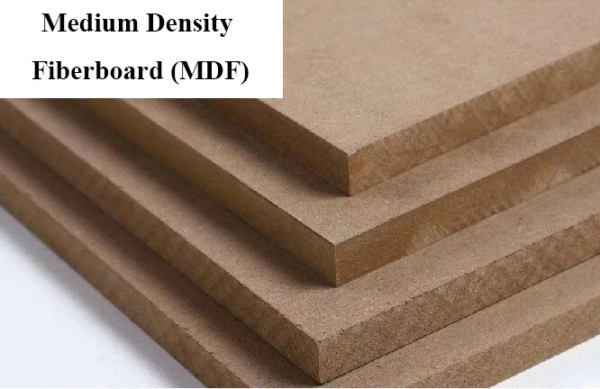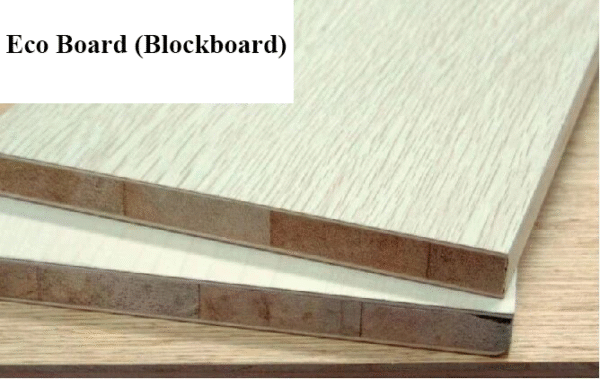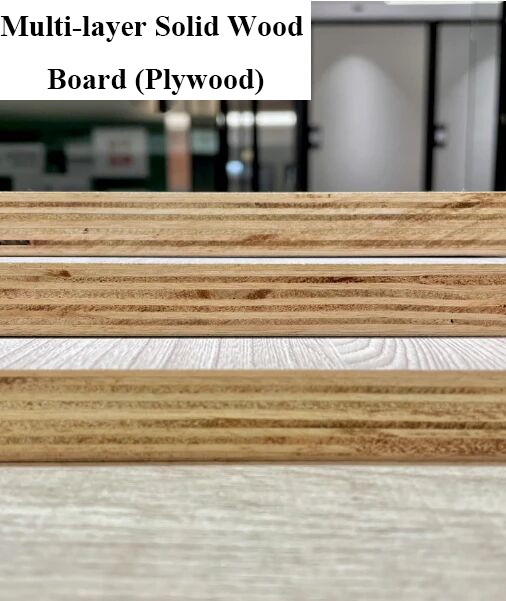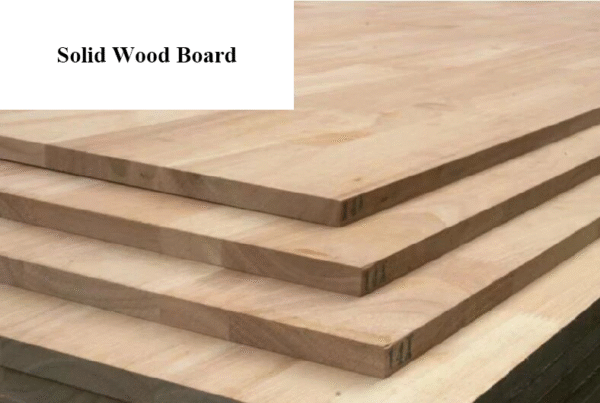One Minute to Understand Custom Home Panels
For those who are new to custom home panels, do you often feel lost? 🤔
There’s just too much information out there — scattered and confusing! 😫
To make it easier for everyone, 🤗 our brand has organized all the essential knowledge about custom home panels into a clear and simple guide ✔️
Today, we’ll start with a comparison of base materials, and later we’ll share more about edge banding and cabinet doors — so stay tuned and follow us closely! 💪
Medium Density Fiberboard (MDF)
Structure: Made from wood fibers or other plant fibers, processed into fibers and bonded with synthetic resin, then pressed under heat and pressure. It can be divided into high-density, medium-density, and low-density fiberboards.
Advantages: Low cost, easy to shape.
Disadvantages: Contains a high amount of formaldehyde, not environmentally friendly, not moisture-resistant, and prone to cracking.
Applications: Commonly used for laminated flooring, door panels, partition walls, and furniture (some online sellers may use MDF for furniture).

Eco Board (Blockboard)
Structure: Commonly known as paint-free board or melamine board, it is an upgraded version of plywood with solid wood blocks joined in the middle.
Advantages: Low formaldehyde content, easy to shape (meets E1 environmental standard).
Disadvantages: Particularly prone to deformation.
Applications: Used in interior decoration and panel furniture (our company does not use this material for custom furniture).

Particle Board
Structure: Also known as chipboard or raw board, it is a type of engineered wood made by crushing wood logs or branches into chips and bonding them with adhesives. The cross-section shows a honeycomb-like structure.
Advantages: Low price, cost-effective, not easily deformed, easy to process, and has strong screw-holding capacity.
Disadvantages: Poor moisture resistance — not recommended for humid climates, especially in southern regions.
Applications: Widely used in custom furniture, but not recommended for kitchens, bathrooms, or balconies.

Oriented Strand Board (OSB)
Structure: Made by pressing large wood chips with adhesive; the cross-section clearly shows visible wood flakes.
Advantages: Uniform material, strong screw-holding capacity, stable structure, and better moisture resistance than particle board.
Disadvantages: Relatively high price and limited moisture resistance.
Applications: Commonly used for custom cabinet doors and is suitable for full-height designs.
However, not recommended for use in kitchens, bathrooms, or balconies.

Multi-layer Solid Wood Board (Plywood)
Structure: A type of board made by bonding three or more layers of thin wood veneers together with adhesive under heat and pressure.
Advantages: Good moisture resistance, high strength, and excellent load-bearing performance.
Disadvantages: Prone to deformation.
Applications: Mainly used for custom cabinet bodies.

Solid Wood Board
Advantages: Natural and eco-friendly, long service life, heavy and textured with natural color and clear wood grain.
Disadvantages: Expensive and prone to deformation when exposed to moisture.
Applications: Suitable for both cabinet doors and cabinet bodies. Common types on the market include rubber wood and pine wood boards.

Fomarine — Quality Building Materials for a Better Space.
Contact us today to get a free quotation.
